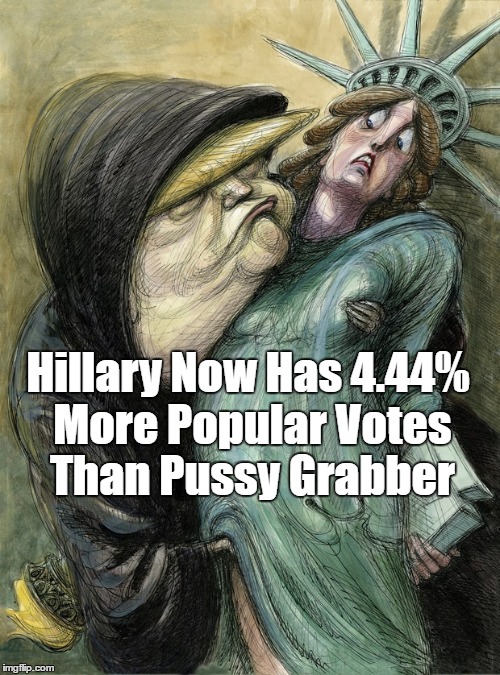![Image result for 17th amendment electoral college]()
Alan: In Teddy Roosevelt's time, U.S. Senators would openly invite their fellows to accept hundred dollar bribes.
17th Amendment to the U.S. Constitution: Direct Election of U.S. Senators
Americans did not directly vote for senators for the first 125 years of the Federal Government. The Constitution, as it was adopted in 1788, stated that senators would be elected by state legislatures. The first proposal to amend the Constitution to elect senators by popular vote was introduced in the U.S. House of Representatives in 1826, but the idea did not gain considerable support until the late 19th century when several problems related to Senate elections had become evident. Several state legislatures deadlocked over the election of senators, which led to Senate vacancies lasting months and even years. In other cases, political machines gained control over state legislatures, and the Senators elected with their support were dismissed as puppets. In addition, the Senate was seen as a “millionaire's club” serving powerful private interests. The rise of the People's Party, commonly referred to as the Populist Party, added motivation for making the Senate more directly accountable to the people.
During the 1890s, the House of Representatives passed several resolutions proposing a constitutional amendment for the direct election of senators. Each time, however, the Senate refused to even take a vote. When it seemed unlikely that both houses of Congress would pass legislation proposing an amendment for direct election, many states changed strategies. Article V of the Constitution states that Congress must call a constitutional convention for proposing amendments when two-thirds of the state legislatures apply for one. Although the method had never previously been used, many states began sending Congress applications for conventions. As the number of applications neared the two-thirds bar, Congress finally acted.
In 1911, the House of Representatives passed House Joint Resolution 39 proposing a constitutional amendment for direct election of senators. However, it included a “race rider” meant to bar Federal intervention in cases of racial discrimination among voters. A substitute amendment by Senator Joseph L. Bristow (R-KS) removed the “race rider.” The amended Joint Resolution was adopted by the Senate on a close vote in May of 1911. Over a year later, the House accepted the change, and the amendment was sent to the states for ratification. On April 8, 1913, three-quarters of the states had ratified the proposed amendment, and it was officially included as the 17th Amendment.

Reality is what we take to be true. What we take to be true is what we believe. What we believe is based upon our perceptions. What we perceive depends on what we look for. What we look for depends on what we think. What we think depends on what we perceive. What we perceive determines what we believe. What we believe determines what we take to be true. What we take to be true is our reality.